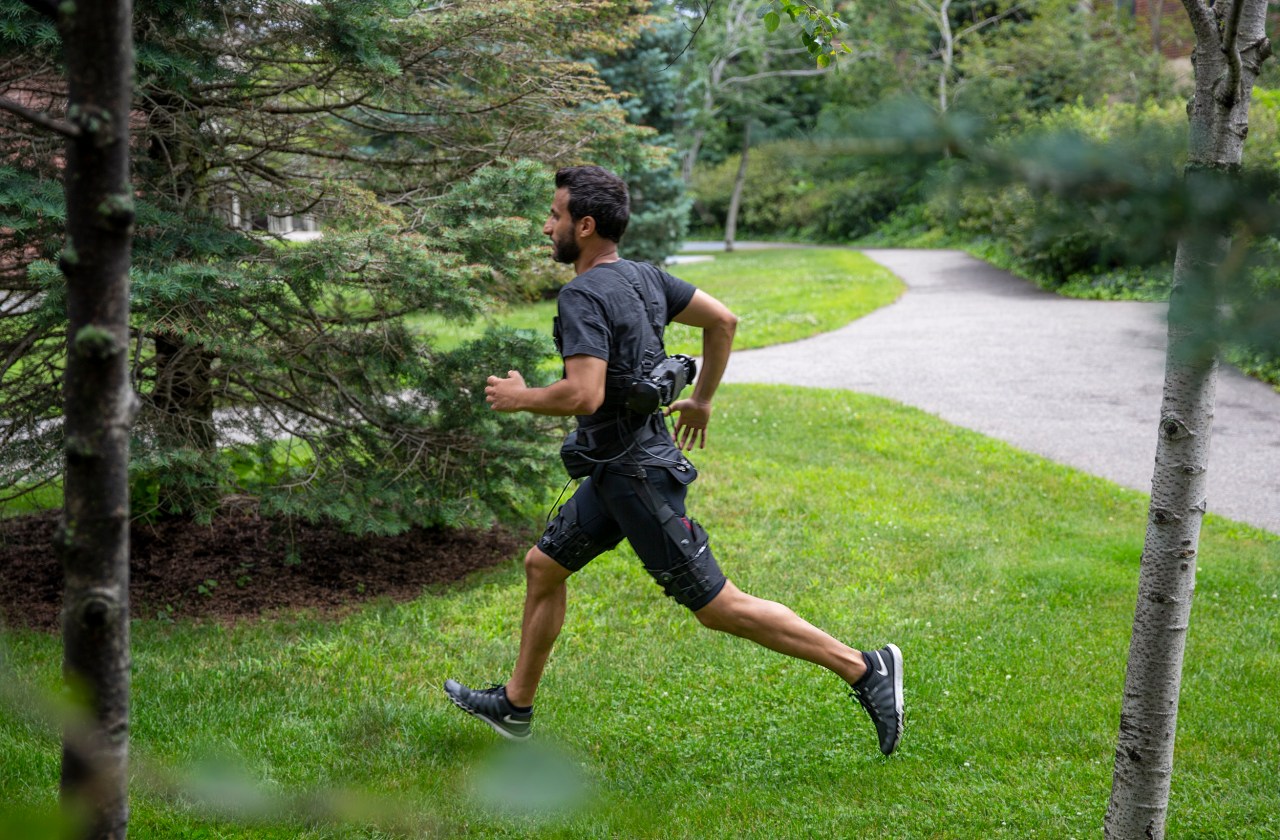When the term “robotic exoskeleton” arises, many imagine bulky, metallic contraptions reminiscent of sci-fi classics such as *Aliens*. However, a new wave of innovation is redefining this narrative, paving the way for lightweight, soft exoskeletons that blend seamlessly into everyday life. Among the frontrunners in this field is the soft exosuit developed by researchers at Harvard’s Wyss Institute, designed not for heavy-duty lifting but for enhancing basic movement, such as walking and running. This pioneering technology could reshape our approach to mobility and rehabilitation.
Redefining Exoskeletons: A Shift in Focus
The primary function of the exosuit is elegantly simple—it aids in hip-extension during locomotion. Unlike traditional exoskeletons, this device requires minimal effort to wear and integrate into a user’s daily activities. With its sleek design resembling a pair of shorts that involves a motor pack and cable system, this innovation is perfectly suited for a range of users, from the elderly to those recovering from injuries.
How It Works
At the heart of this technology lies an onboard computer paired with advanced neural networks. This sophisticated system can detect the wearer’s movement patterns, determining both the type of activity—be it walking or running—and the specific phase of gait involved. By delivering timely assistance during crucial points in movement, the suit effectively reduces the metabolic load associated with these activities. In trials, users experienced a remarkable reduction in energy expenditure—specifically, a decrease of 9.3% while walking and 4% during running. Although these figures may appear modest, they mark a significant leap for soft robotics.
Real-World Applications: Beyond the Surface
The potential applications for this soft exosuit are extensive and varied. Consider how beneficial it would be for elderly individuals requiring assistance when standing up from a chair. What about its use in rehabilitation settings for patients striving to regain their mobility after an accident? Many industries also stand to gain from the exosuit’s capacity to support workers in physically demanding jobs, reducing the risk of injury while enhancing productivity.
Military Interests and Future Developments
The military has expressed keen interest in these soft exoskeletons, not only for improving the performance of active-duty soldiers but also for aiding wounded personnel. Initially driven by a DARPA initiative, the development continues to evolve, focusing on enhancing the suit’s functionality and reducing its weight. Researchers are boldly venturing into unexplored territories to ensure that these wearable robots are accessible and effective for various users.
Conclusion: A Commendable Step Towards the Future
The innovations brewing at the intersection of robotics and human mobility, such as the soft exosuit, exemplify how the next generation of assistive devices can profoundly impact lives. Rather than envisioning these technologies solely for industrial or military purposes, it is crucial to envision a future where soft exoskeletons empower individuals in everyday scenarios—helping enhance mobility, promote rehabilitation, and improve quality of life.
At fxis.ai, we believe that such advancements are crucial for the future of AI, as they enable more comprehensive and effective solutions. Our team is continually exploring new methodologies to push the envelope in artificial intelligence, ensuring that our clients benefit from the latest technological innovations. For more insights, updates, or to collaborate on AI development projects, stay connected with fxis.ai.

